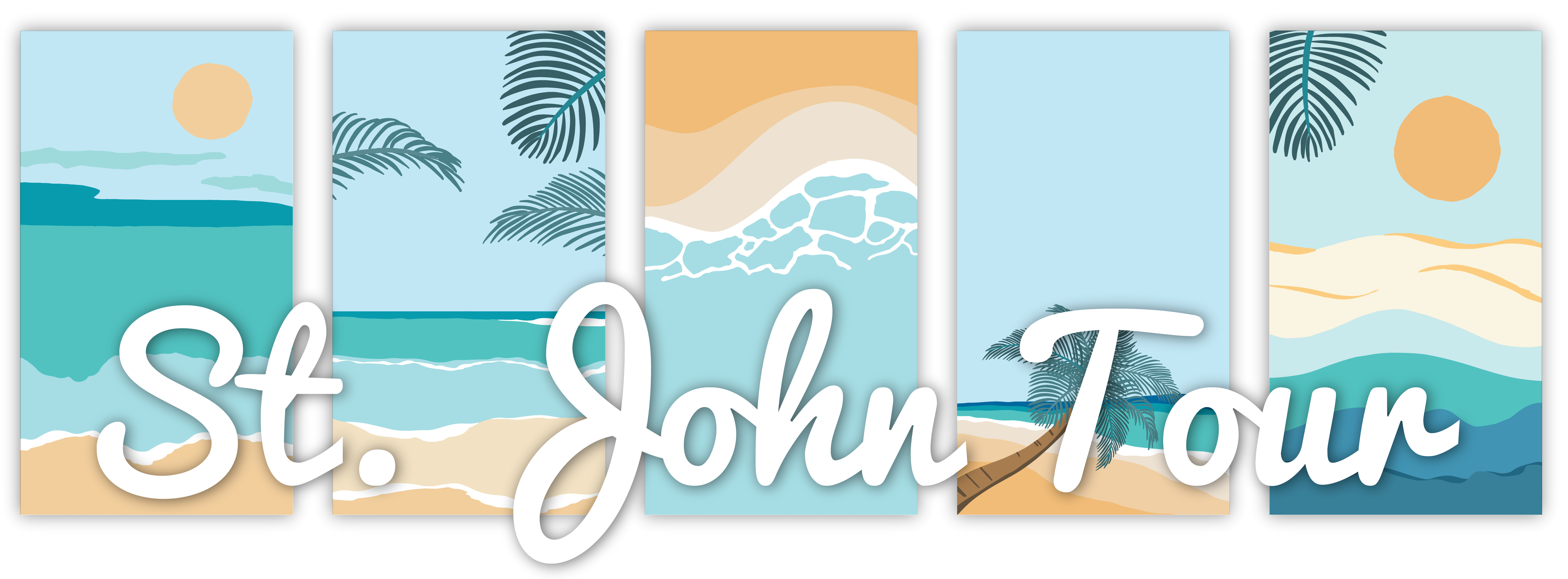Who Owns St. John Island?
St. John is part of the U.S. Virgin Islands, owned by the United States. This means that if you're American, you can travel there without a passport and your dollars will work just fine there. However, who owns St. John Island today isn't who always owned it, and the history of this U.S. territory is worth digging into.
St. John Ownership Before the U.S.
Several different parties owned St. John before it became a U.S. unincorporated territory. The first people to live on the island were the Arawak and Taino peoples, who arrived from South America sometime in the first century. However, in the late 15th century, Christopher Columbus came across the Virgin Islands during his voyage to the New World and claimed them for Spain.
Over the next few centuries, various Europeans, including the Dutch, English, French, and Danish, claimed ownership of the Virgin Islands. The Danish West India Company eventually seized control of St. John in the early 18th century, along with the nearby islands of St. Thomas and St. Croix. The new Danish owners established sugarcane plantations on the island and relied on slave labor to work the land.
However, when slavery was abolished in 1848, the sugar industry saw a steep decline. This change led to an economic struggle for the island and its owners.
U.S. Acquisition of St. John
In 1917, as World War I raged on, the United States began to fear that the Danish West Indies could fall under the control of Germany. The U.S. offered Denmark $25 million to purchase the islands before this could happen. Denmark accepted, and on March 31, 1917, St. John and the other Virgin Islands officially became unincorporated territory of the United States.
As a U.S. unincorporated territory, the residents of St. John are U.S. citizens but cannot vote in presidential elections. They also lack full representation in Congress; the Virgin Islands have one non-voting delegate in the House and no senators.
